
Lot 160
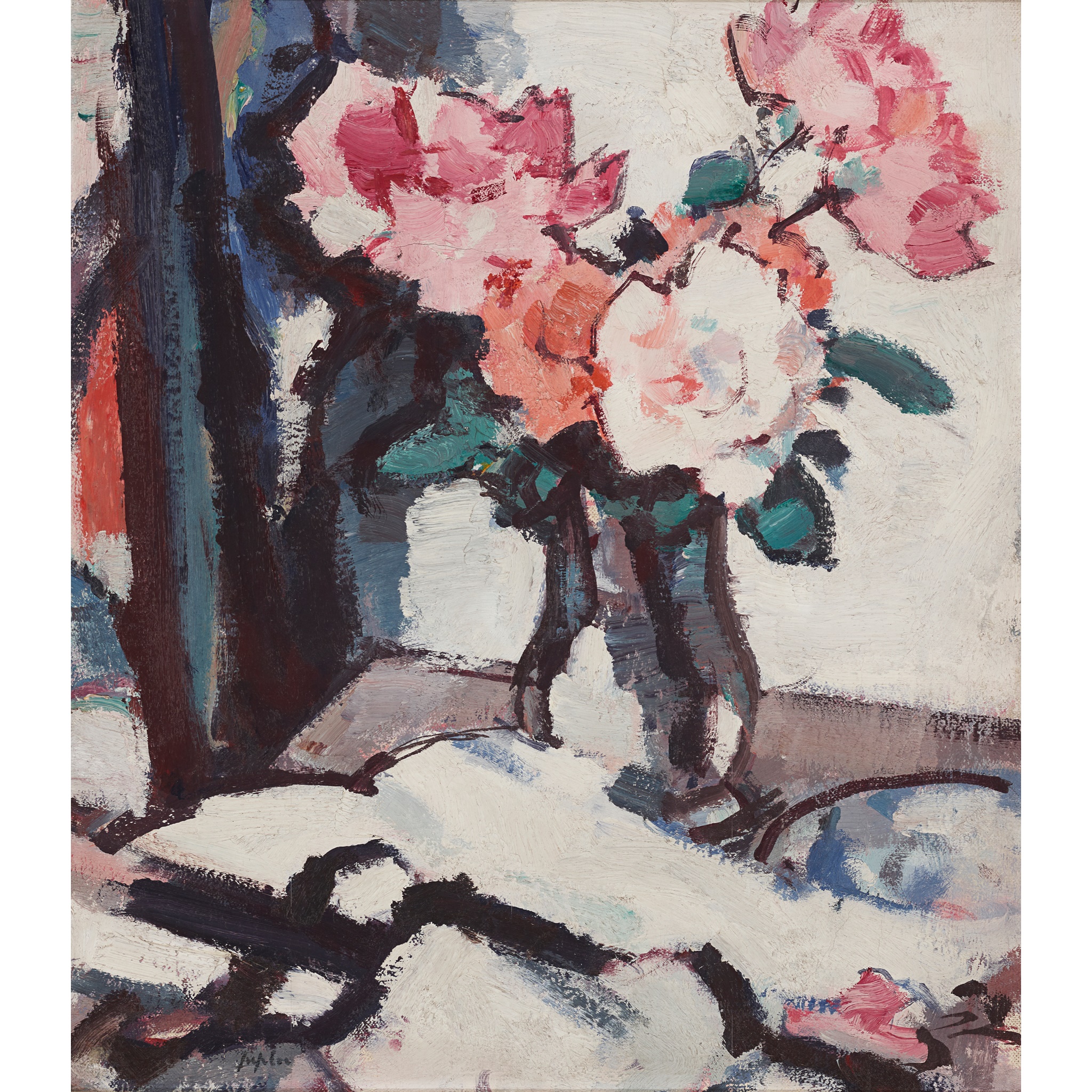
SAMUEL JOHN PEPLOE R.S.A. (SCOTTISH 1871-1935) ◆
STILL LIFE WITH ROSES
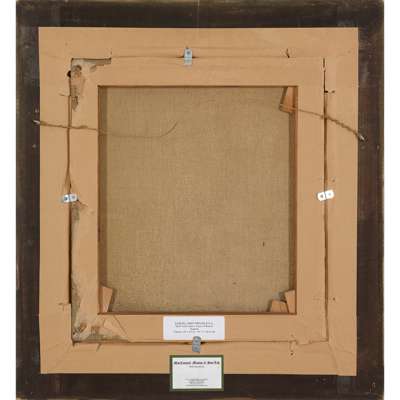
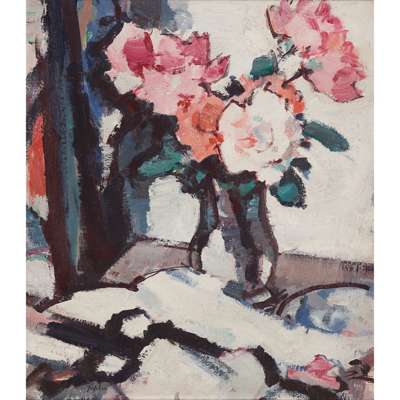
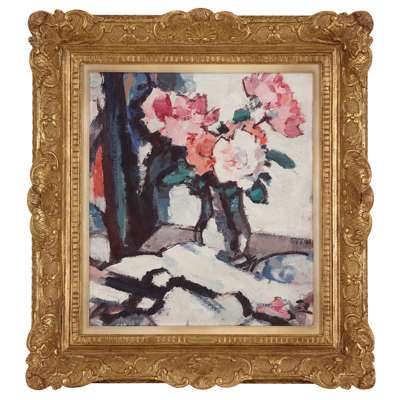


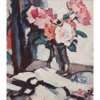
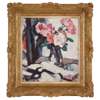
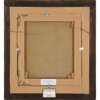
Scottish Paintings & Sculpture
Auction: Evening Sale: 08 June 2023 | From 18:00
Description
Signed, oil on canvas
Dimensions
46cm x 40.5cm (18in x 16in)
Provenance
Provenance: MacConnal-Mason & Son Ltd, London
Footnote
Note: In 1929, Peploe declared ‘There is so much in mere objects, flowers, leaves, jugs, what not – colours, forms, relation – I can never see mystery coming to an end.’ This reveals the inspiration he found in the still life genre throughout his distinguished career, as can be seen in Still Life with Roses.
As Roger Billcliffe has explained:
Peploe set himself as a target the perfect still-life painting…His temperament made him ideally suited to the task. His calm reasoning and thoughtful manner enabled him to make a careful analysis of the problems which face the still-life painter and he set about resolving them in a series of works which includes many of his most satisfying paintings. (Roger Billcliffe, The Scottish Colourists, London, 1989, p.51)
This lyrical painting is likely to have been created in Peploe’s studio at 54 Shandwick Place in Edinburgh’s West End, which he occupied from 1918 until 1934. His niece, Margery Porter, recalled visiting him there:
How well I recollect my Mother and myself climbing those steep stairs and arriving panting at the top to ring his bell in fear and trembling lest our climb had been in vain. But usually he would usher us in wearing a white painting coat and a crownless hat…The studio was a large one, round which I would prowl entranced, after strict warnings not to disturb the still-life group which would almost inevitably be covering the table. My uncle would arrange and re-arrange these groups for perhaps three days before he was satisfied that the balance and construction were perfect, then he would paint them quite rapidly. (quoted in Alice Strang et al, S. J. Peploe, Edinburgh 2012, p.23)
Peploe assembled a cast of objects which recur in his paintings like trusted friends, often crowned by the roses with which he is particularly associated and which he would often buy from the flower and fruit stalls of Princes Street; they were able to hold their shape long enough to satisfy his painstaking working process. The length of patterned fabric, be-ribboned black fan and platter in Still Life with Roses were all familiars by which he strove to create images of beauty and balance.
The depiction of stems in water, seen through glass, was a painterly challenge from which Peploe did not shy away. Indeed, as can be seen here, it was often a way in which to show his mastery of applying oil paint to canvas in order to convey reflection, transparency and refraction. Works of this period show a relaxing of his technique from the tight control of the early 1920s, to a freer and more expressive approach to depicting form and light. Black and white provide the structural basis of the composition and a contrast to the decorative qualities and rich colour of other passages. Viewed from above and at an angle, Peploe seamlessly leads the eye from foreground to background, with particular attention paid to the variegated tones of the flower heads, their petals realised in thick, short brushstrokes.
Peploe exhibited and sold still lifes regularly throughout his career and it is for his achievements in this genre that he is most celebrated as one of Scotland’s leading artists of the twentieth century.








